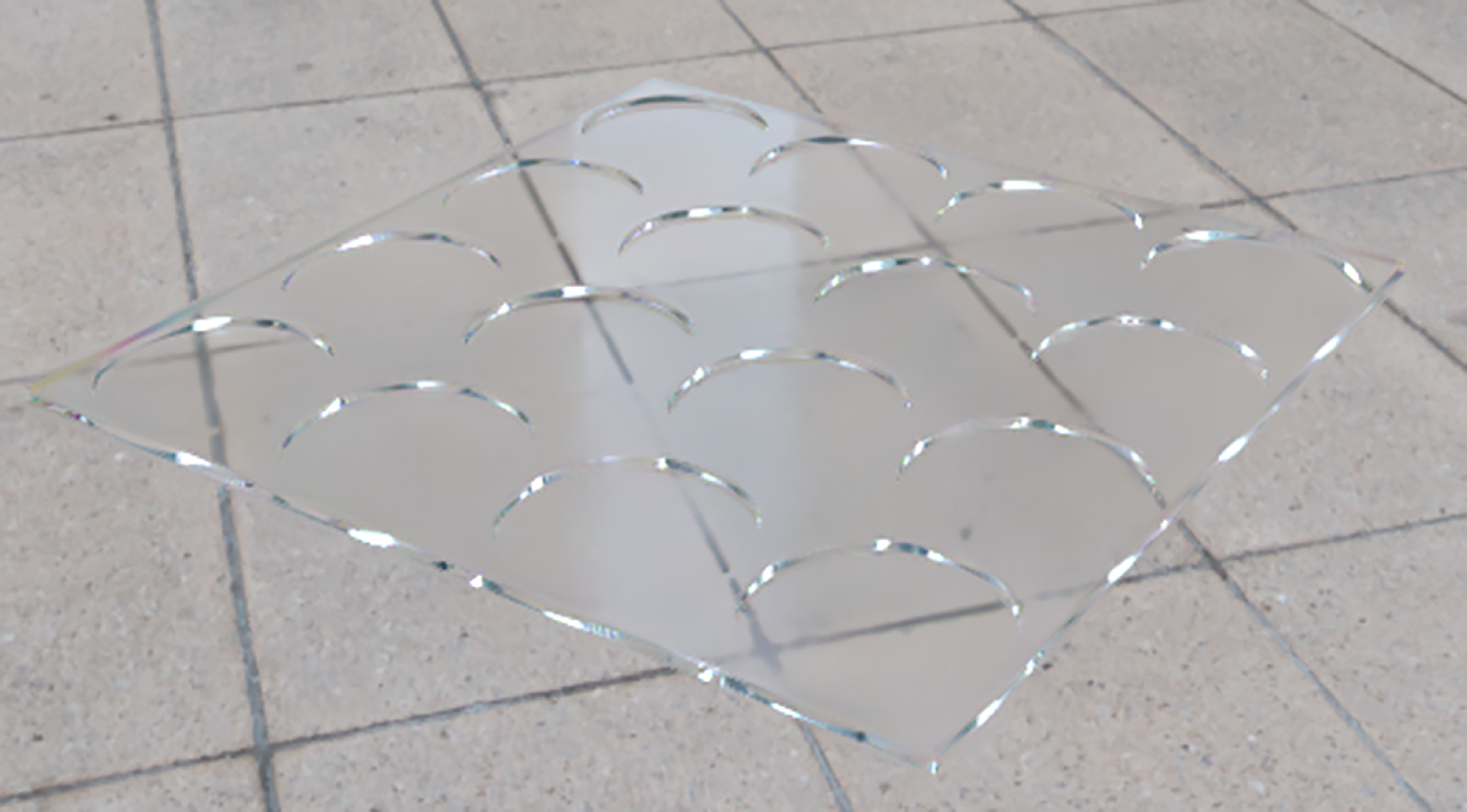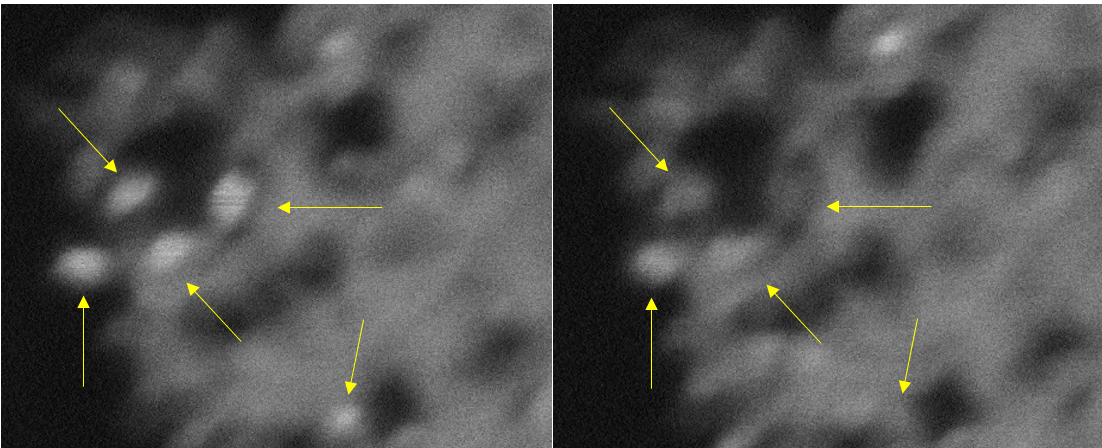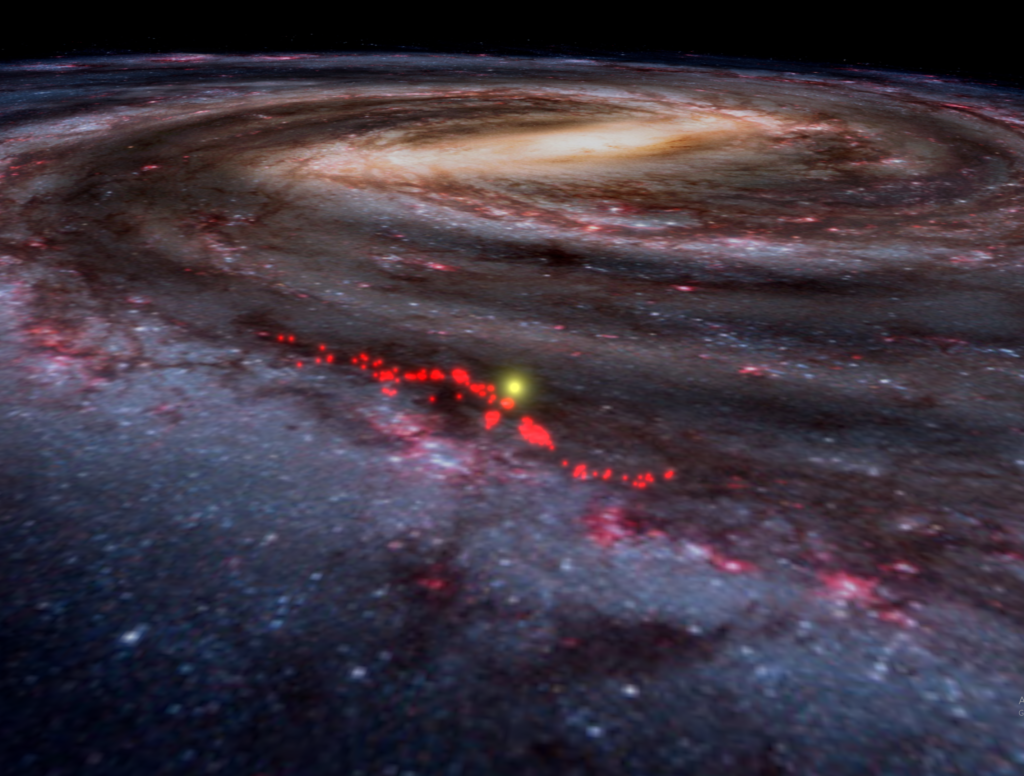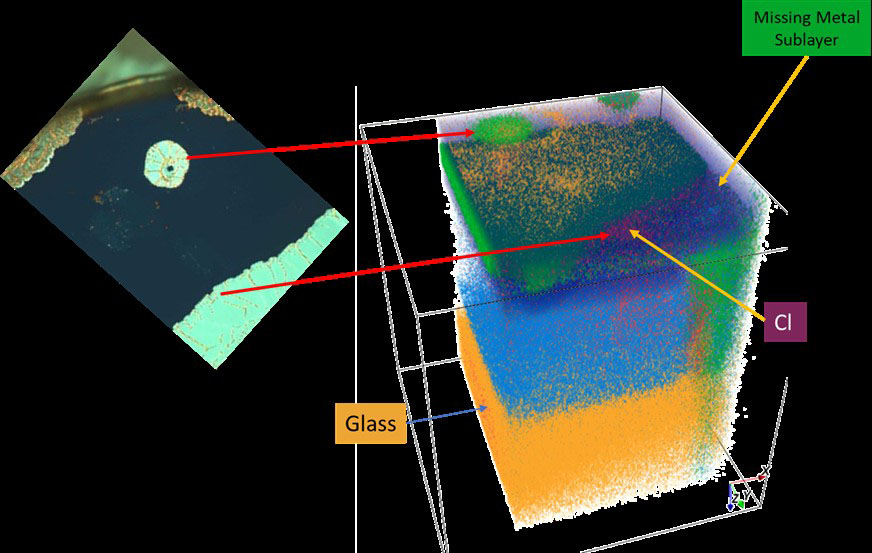Los ingredientes de la salsa, como el cilantro y el jalapeño, se pueden cultivar en vidrio reciclado. Un estudio piloto reveló que la sustitución parcial de la tierra con fragmentos de vidrio puede acelerar el desarrollo de la planta y reducir el crecimiento de hongos no deseado. Los investigadores presentarán sus resultados en la ACS Fall 2024.
Tag: Glass
Pilot study uses recycled glass to grow plants for salsa ingredients
Salsa ingredients, such as cilantro and jalapeño, can be cultivated on recycled glass. A pilot study found that partially replacing potting soil with glass fragments can speed up plant development and reduce unwanted fungal growth. The researchers will present their results at ACS Fall 2024.
Let’s drink to that! How wider glass rim leads to more pleasurable purchases
Abstract All beverages are consumed with the help of a vessel (i.e., glass, mug, or cup), yet research focusing on glassware is scarce despite this cue being ubiquitous in the consumption experience. Through four studies, including a field study, we…
Modern origami method creates glass shapes by folding
Chemical engineers have extended the ancient art of origami to produce intricate shapes made of glass or other hard materials. Their method, which can be combined with 3D printing, could have applications ranging from sculpture to catalysis. They will present their results at ACS Spring 2023.
Structural origin of the anomalous properties of SiO2 glass under pressure
Understanding the structural origin of the anomalous properties of SiO2 liquid and glass is fundamental not only in physics, but also in geophysics, in understanding the nature of silicate magmas in the Earth and other planets, and in materials science as a prototype network-forming glass.

Decorating Windows for Optimal Sound Transmission
Glass windows typically offer some amount of sound proofing, sometimes unintentionally. In general, ventilation is required to achieve large sound transmission. But some applications — like gas explosion studies — require a transparent partition that allows for acoustic propagation without the presence of airflow. In those cases, ventilation is not allowed. In Applied Physics Letters, researchers discuss a layered glass material they developed that allows for efficient sound transmission with no air ventilation.

‘Blinking” Crystals May Convert CO2 into Fuels
Imagine tiny crystals that “blink” like fireflies and can convert carbon dioxide, a key cause of climate change, into fuels. A Rutgers-led team has created ultra-small titanium dioxide crystals that exhibit unusual “blinking” behavior and may help to produce methane and other fuels, according to a study in the journal Angewandte Chemie. The crystals, also known as nanoparticles, stay charged for a long time and could benefit efforts to develop quantum computers.

A new form of glass through molecular entanglement
Physicists at the University of Vienna in collaboration with the Max Planck Institute for Polymer Research have discovered a new type of glass formed by long, cyclic molecules. The scientists successfully demonstrated that by making parts of the rings more mobile, the rings become more strongly entangled and the molecular fluid glassifies.
Scientists learn how to make oxygen “perform” for them
Chemists have figured out how to keep “the wave” of one particular isotope of oxygen – among the most abundant elements on the planet and a crucial building block for materials like glass and ceramics – going during nuclear magnetic resonance spectroscopy long enough to learn some things about its structure and function.

Improving Optical Characteristics of Thin Glass
In recent years, glass has become an important part of our day-to-day lives, acting as a physical boundary between humans and digital information and communication. At the AVS 66th International Symposium and Exhibition, Albert Fahey, an associate scientist at Corning Incorporated, will present on the methods scientists use to study the chemical and mechanical properties of glass and other optical surfaces, how they are working to better understand these surfaces and their limits, and what new things are being done to improve user friendliness.